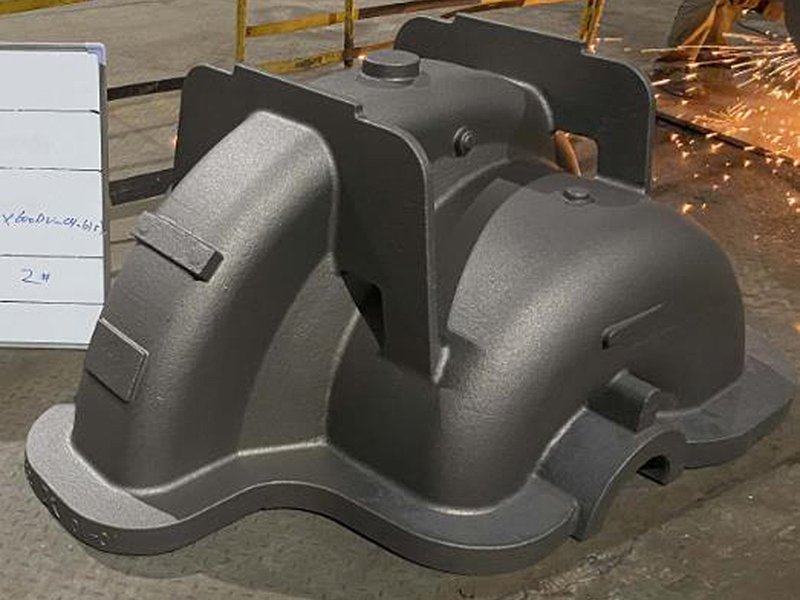The Importance of Sand Casting in Metal Production
Sand casting, a versatile and cost-effective method of metal fabrication, has been employed for centuries and continues to play a significant role in various industries today. This process involves pouring molten metal into a sand mold that is shaped according to the specifications of the final product. The ability to create complex shapes and large components makes sand casting particularly valuable in manufacturing sectors such as automotive, aerospace, and art.
The Sand Casting Process
The sand casting process begins with the creation of a pattern, which is a replica of the final object. This pattern is typically made from materials like wood, metal, or plastic and is slightly oversized to account for the metal's shrinkage as it cools. Once the pattern is prepared, a sand mixture, primarily composed of silica sand, water, and a bonding agent, is packed around the pattern within a flask or mold box.
After the sand is firmly packed, the pattern is carefully removed, leaving a cavity in the shape of the desired part. The mold is then assembled by joining two halves, or flasks, to create a complete enclosure. The next step involves pouring molten metal into the mold cavity, where it flows to take the shape of the pattern. Once the metal cools and solidifies, the sand mold is broken away to reveal the final cast part.
Advantages of Sand Casting
One of the major advantages of sand casting is its flexibility. The process can accommodate a wide range of alloys and can produce both ferrous and non-ferrous metals, including aluminum, bronze, iron, and more. This versatility enables manufacturers to produce various components for different applications.
Sand casting is also suitable for producing large and heavy parts. Many modern industries require components that are not only intricate but also sizable, and sand casting provides the capability to create parts that weigh hundreds of pounds without compromising accuracy. Moreover, the low cost of sand as a raw material makes this method economically feasible for both small-scale and large-scale production.
sand cast metal

Environmental Considerations
While sand casting is an ancient technique, modern advancements have introduced more sustainable practices to the process. Reusable sand molds reduce waste, as the sand can be cleaned and recycled for future use. Furthermore, the awareness surrounding environmental impacts has led to the development of eco-friendly sand binders, minimizing harmful emissions during the casting process.
Applications of Sand Casting
The application of sand casting spans across numerous industries. In the automotive sector, it is commonly used to manufacture engine blocks, cylinder heads, and other engine components. The aerospace industry relies on sand casting for producing lightweight and durable components that meet stringent safety standards. Additionally, sand casting is utilized in the artistic realm, allowing sculptors to create intricate metal works or reproductions of existing art.
Future of Sand Casting
As technology continues to evolve, so does sand casting. Innovations such as 3D printing are gradually being integrated into the process, allowing for rapid prototyping and more precise patterns. This synergy between traditional methods and modern technology promises to enhance efficiency and quality in metal production.
In conclusion, sand casting remains a vital component of metal manufacturing. Its ability to create intricate designs, accommodate large parts, and evolve alongside technological advancements ensures its continued relevance in the industry. As manufacturers seek cost-effective and efficient production methods, sand casting will undoubtedly maintain its place as a fundamental technique in the world of metallurgy.
Post time:Nov . 11, 2024 09:11
Next:sand castings manufacturer
